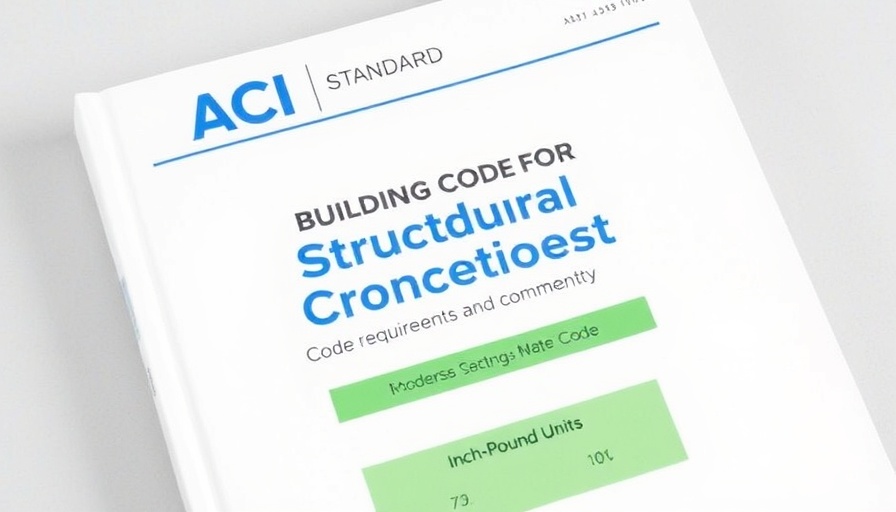
March Brings Job Growth, But Will It Last?
The construction industry has been bustling, adding 13,000 jobs in March alone, according to the latest reports. This increase signals a vibrant sector recovering from past downturns. However, lurking in the background are concerns about tariffs that could impact project budgets and timelines across the industry.
Understanding the Impact of Tariffs on Construction
Tariffs can serve as a double-edged sword in the construction landscape. While they may protect domestic industries, the resulting cost increases for materials such as steel can cause a ripple effect. According to economic analysts, a surge in expenses due to tariffs may not only inflate project costs but also squeeze profit margins for construction firms. As price hikes become inevitable, companies may face tough decisions about bids and contracts.
The Context Behind the Job Surge
This job growth in construction is largely attributed to a combination of ongoing infrastructure projects and a rebound in housing. State governments and the federal administration are pushing forward initiatives that require skilled labor. With ongoing dialogues about investment in both residential and commercial projects, this trend seems poised for the near future. But will the momentum continue if economic barriers emerge?
Future Trends: Will Tech Innovations Provide Relief?
On the bright side, technology continues to reshape construction. Innovations in automation and sustainable practices provide new ways to address rising material costs. For example, building information modeling (BIM) helps stakeholders better visualize projects, potentially reducing waste and enabling more efficient resource allocation. As construction professionals embrace these technologies, the impact of tariffs could be mitigated.
What Can Firms Do Now?
In light of potential tariff-induced uncertainty, construction companies should prioritize strategic planning. This includes diversifying suppliers to dodge steep tariffs, employing technology for better cost management, and fostering relationships with subcontractors for smoother project execution. As the industry faces these challenges, understanding the implications of tariffs will be key to sustaining growth and maintaining a competitive edge.
Conclusion: A Fork in the Road for Construction
With 13,000 new jobs announced this month, the construction industry feels like it’s on an upward trajectory. However, the looming threat of tariffs casts a shadow that requires immediate strategic planning to avoid pitfalls. Success may hinge on blending traditional expertise with modern technological advances. To stay ahead in this evolving landscape, construction firms must stay informed and adaptable.
Are you part of the commercial construction landscape? How might these developments affect you? Stay engaged with trends in tariffs, technology, and workforce strategies to navigate the complexities and seize opportunities in the coming months.
 Add Row
Add Row  Add
Add 




Write A Comment